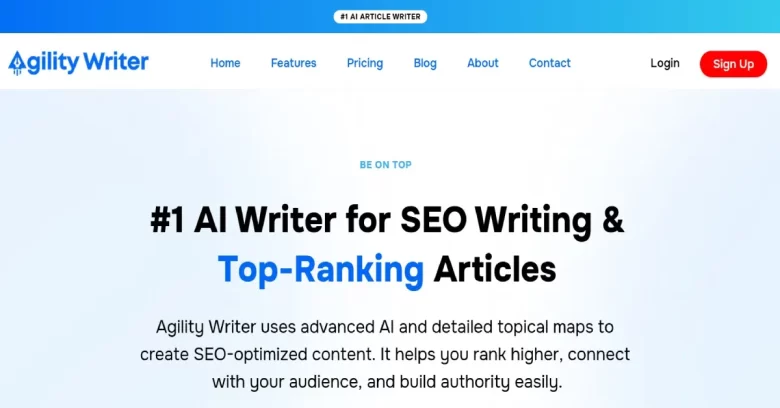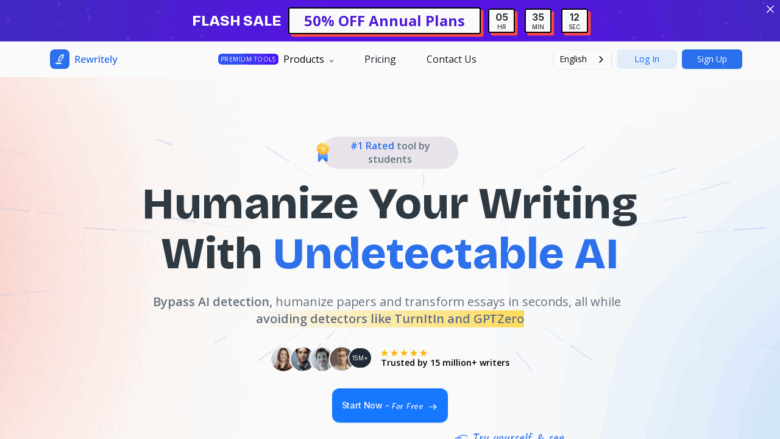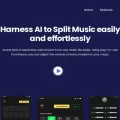The internet has developed into a crucial research tool in the digital age. However, conducting research online can frequently be time-consuming and overwhelming due to the numerous tabs open and the volume of data to sort through. Aomni is an AI agent that can automate and streamline your online research process. This article will explore Aomni’s capabilities and features, as well as how they could completely change how we conduct online research.
Say Goodbye to Multiple Tabs
Aomni is designed to alleviate the stress of having multiple tabs open during online research. It can break down a high-level research question into a step-by-step plan and execute it for you. Imagine sitting back and enjoying your coffee while Aomni does the heavy lifting of your research.
Intelligent Browsing
Aomni is equipped with a full web browser that enables it to access any information on the internet, without the need for an API. This feature allows Aomni to intelligently plan your query and deliver the final result, making the process of online research more efficient and less time-consuming.
N-Layer Search
Aomni’s query planner is powered by state-of-the-art AI models by OpenAI. It intelligently plans, routes, and executes each request to ensure the correctness and diversity of sources. This N-Layer search approach ensures that the information you receive is not only accurate but also comprehensive, covering multiple perspectives and sources.
Extracted, Not Generated
In an era where misinformation is rampant, Aomni takes a different approach to content creation. Instead of using AI to generate content, which can lead to false information, Aomni uses AI to extract relevant information from trustworthy sources. This information is then clustered and processed into an easy-to-digest format, ensuring that the content you receive is accurate and reliable.
Real-World Applications
To illustrate the capabilities of Aomni, let’s consider a real-world example from one of our users who asked, “What is the difference between the recently updated Google Bard and GPT-4?”
Aomni was able to break down this high-level question and extract relevant information from various sources. It provided a comprehensive comparison of the features, similarities, and differences between Google Bard and GPT-4.
Key Features and Capabilities of Google Bard and GPT-4
Google Bard is a conversational AI model that competes with other large language models like ChatGPT, which is powered by OpenAI’s GPT-4. Bard shows promise in certain areas, but it has limitations compared to GPT-4. In a comparison of various tasks, Bard was found to be less versatile and accurate than GPT-4.
On the other hand, GPT-4, the latest iteration of OpenAI’s Generative Pre-trained Transformer technology, significantly advances the capabilities of its predecessor, GPT-3.5. It is described as OpenAI’s “most advanced system,” producing safer and more useful responses. GPT-4 boasts improvements in creativity, visual input, and longer context.
Similarities and Differences between Google Bard and GPT-4
Both Google Bard and GPT-4 are large language models designed for conversational AI applications. They are capable of generating human-like responses to various prompts and can be used for tasks such as providing advice, answering questions, and generating content. However, GPT-4 demonstrates more versatility and accuracy in various tasks compared to Bard.
In a comparison of Google’s Bard, Microsoft’s Bing, and OpenAI’s GPT-4 and ChatGPT, the AI models were tested on various tasks to determine their capabilities and differences. GPT-4 excelled in specific andactionable tasks, such as creating a checklist for a recruiter and writing CSS code for an image fade-in effect. Bing, which is also powered by GPT-4, excelled at retrieving information from the web and generating images. ChatGPT, another GPT-4-based model, demonstrated superior verbal reasoning skills.
Bard, on the other hand, was found to be limited compared to the other models. It was unable to provide an answer for writing CSS code, and its responses in other tasks were less accurate and specific. In conclusion, GPT-4, as used in ChatGPT and Bing, demonstrates more versatility and accuracy in various tasks, while Google’s Bard shows promise but is limited in comparison.
The Future of Online Research
The advent of AI agents like Aomni is transforming the landscape of online research. By automating the research process, Aomni not only saves time but also ensures the accuracy and reliability of the information. Its ability to extract relevant information from trustworthy sources and present it in an easy-to-digest format is a game-changer in the world of online research.
Aomni represents the future of online research. Its intelligent browsing, N-Layer search, and focus on extracting rather than generating content make it a powerful tool for anyone who regularly conducts online research. Whether you’re a student, a researcher, or a professional, Aomni can streamline your research process and help you focus on what truly matters – the insights and knowledge gained from the information.











